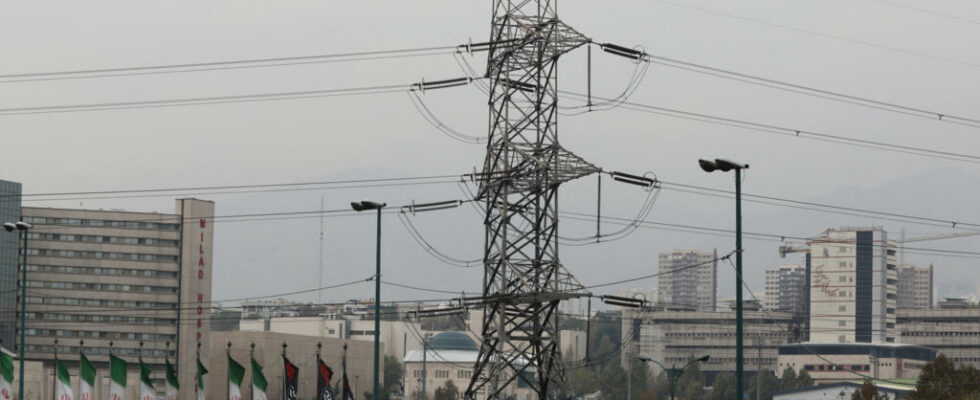Iran faces severe energy shortages, exacerbated by a cold snap. This led to the closure of schools and public services in half of the country’s provinces on Sunday, December 15, as well as power cuts. A situation which is expected to continue on Monday.
1 minute
With our correspondent in Tehran, Siavosh Ghazi
For around ten days, power cuts have occurred regularly, affecting homes but also industry across the country. A situation that is all the more precarious because the country is faced with a lack of natural gas for heating, but also to power power stations.
The prospect is astonishing since Iran has the second largest natural gas reserves in the world and is part of one of the largest oil producers, within OPEC+.
Thus, President Pezeshkian asked the population to lower the temperature in homes by two degrees to save energy. Schools, administrations and banks were closed on Sunday in half of the provinces and this closure will continue on Monday.
Already last summer, the authorities had reduced working hours for several days due to power cuts which had affected industry, but also the agricultural sector.
Experts predict a worsening of the situation next year due to an insufficient number of power plants, unfilled dams due to drought and insufficient gas production to meet needs while the population is used to overheat apartments. The situation is all the more difficult as the government plans to also increase the price of gasoline, which could further fuel the discontent of the population.
